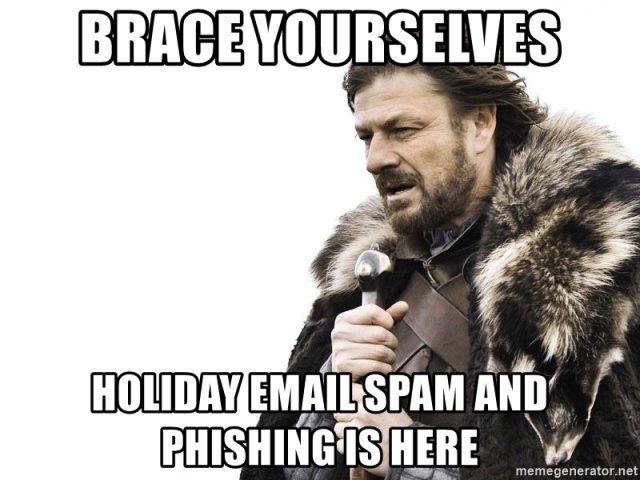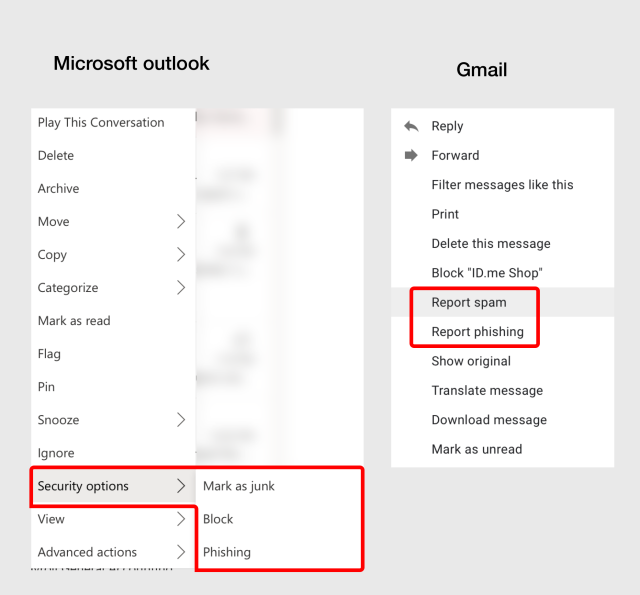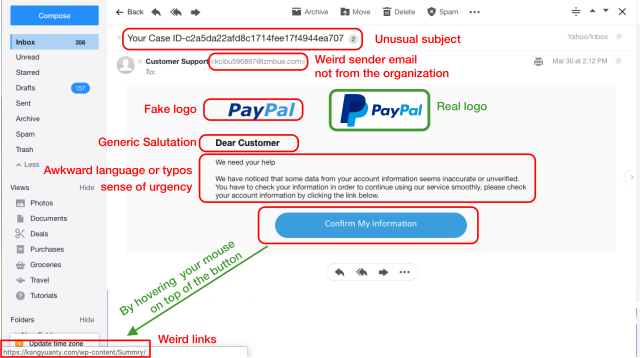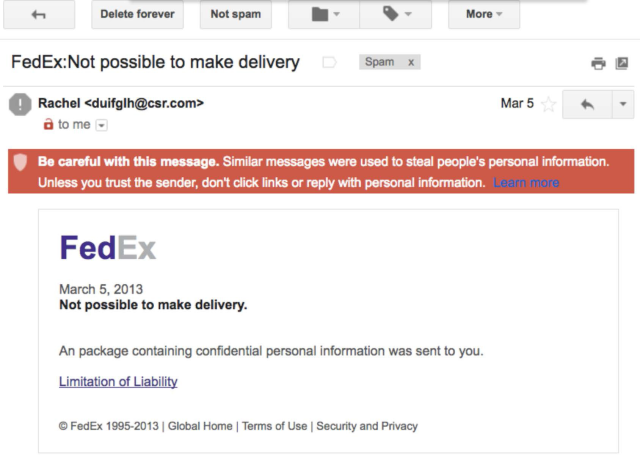Have a tech question that’s got you stumped? Send your tech questions to Techspert Jonathan using THIS FORM. He’ll be tackling one question a month from readers.
Let’s start by defining some related terms to email scams according to the Merriam-Webster dictionary:
- Scam: noun. ’skam – a fraudulent or deceptive act or operation.
- Spam: noun.’spam – unsolicited usually commercial messages (such as emails, text messages, or Internet postings) sent to a large number of recipients or posted in a large number of places.
- Phishing: noun. ˈfi-shiŋ – the practice of tricking Internet users, through the use of deceptive email messages or websites, into revealing personal or confidential information, which can then be used illicitly.

Research shows that the period stretching from the beginning of the giving season to the end of the holidays is when most consumers fall for spam. During this period, cybercriminals deploy spam that does not seem too spammy to consumers, like the very common “Package Delivery scams.”
Moreover, scammers use as cover the many promotional and discount emails that come from reputable businesses during the holidays. they prey on human curiosity about getting the best deals available to get consumers to open their spam emails and ‘take the bait.”
How to deal with spam?

With email tracking technology, scammers can now tell when a recipient opened a spam email, which links inside the email got clicked, and so much more. They use this information to improve their scams and to know which spam recipients are currently active. The more spam messages you open, the more you will receive. So, the best way to deal with spam is to delete or report it before opening it. However, the real danger only comes after clicking any link inside a spam message. All email providers have the option to report an email as spam. See the picture below for examples
How to identify email scams?
Before opening an email, its sender’s name and subject can already raise some red flags. (Some more sophisticated spam messages would require a more thorough look inside to get identified.) Here are red flags to look for:
- Requests for your personal information.
- Sense of urgency.
- Wrong organization logo and branding.
- Typos and grammatical mistakes.
- Unusual or weird sender email. Email not related to the organization.
- The “To” field might contain multiple recipients.
- Impersonal or awkward greetings, such as “Dear customer” or “Dear Mr. account holder”
- Weird links not related to the organization
- Emails from organizations that you do not have an account with.

Tips to stay safe from email scams
- Never attempt to unsubscribe from a spam email. All the links inside a spam message are deceptive and dangerous.
- Do not click on links from all unexpected emails. Instead, go straight to your account from the actual website of the organization. For instance, if Amazon sends you an email about a package that could not be delivered, you should close that email and deal with that issue directly from your account on their website or app.
- Be extremely wary of emails that incite emotions of sympathy, fear, anxiety, worry, or excitement to get you to act right away.
- If possible, do not even open a spam email. Delete or report it as spam right away.
Practice!
Can you spot scam red flags in the following email screenshot? Write your answer in the comment section below.

Leave a comment below with any questions or input that you might have.
 Techspert Jonathan is Senior Planet’s Sr Digital Community Relations and Product Specialist and a former Senior Planet San Antonio technology trainer. He is also an iOS developer with a background in Information Systems and Cyber Security.
Techspert Jonathan is Senior Planet’s Sr Digital Community Relations and Product Specialist and a former Senior Planet San Antonio technology trainer. He is also an iOS developer with a background in Information Systems and Cyber Security.
Jonathan, Senior Planet’s Techspert columnist, answers one of your questions every month… but for exclusive tech reports, talks, webinars and more, become a Senior Planet official Supporter. Learn more about becoming a Supporter and access to exclusive events and offerings here.








